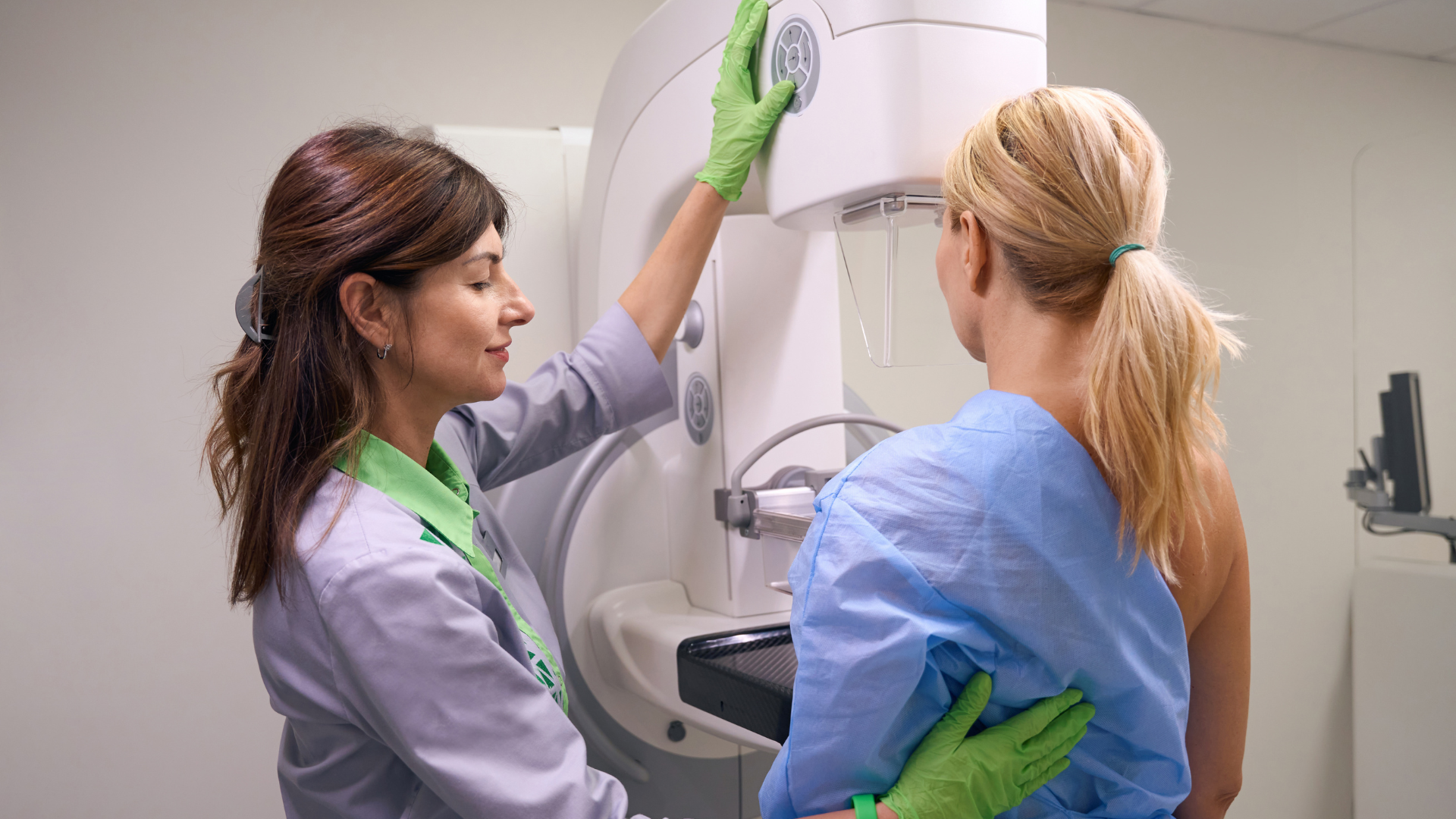Media release
From:
Researchers have developed Australia’s first set of radiation dose benchmarks for 3D mammography, based on more than 9,000 mammographic images. Radiation dose benchmarks - known in health care as diagnostic reference levels (DRLs) - help hospitals and clinics reduce unnecessary radiation exposure for patients during medical imaging. Published this week in the Journal of Medical Radiation Sciences (JMRS), the research offers a starting point for future nation-wide radiation dose benchmarks for breast imaging.
While breast cancer screening services predominantly use 2D mammography, this study involves a type of 3D mammography called digital breast tomosynthesis (DBT). It’s the standard scan for people who have a high risk of breast cancer or are experiencing breast cancer symptoms, because it offers better visualisation of breast tissue.
Mammographer and Board Director at the Australian Society of Medical Imaging and Radiation Therapy, Bianca Magill, regularly performs DBT scans on patients.
“We know breast tissue is particularly radiosensitive. Tracking the radiation dose patients receive during DBT scans is really important for quality assurance and patient safety,” Bianca says.
“This research represents the first step towards diagnostic reference levels. More studies contributing further data and analysis will lead to important standards in Australian mammography.”
Analysing the 9,000+ anonymised images, the research team found that variation in radiation dose was closely linked to how thick each patient’s breast was when compressed. Accordingly, their radiation dose benchmarks represent four different compressed breast thickness measurements, shown in the table below.
Compressed breast thickness | Radiation dose |
13-49mm | 1.5mGy |
50-74mm | 2.70mGy |
75-99mm | 3.90mGy |
100-118mm | 4.70mGy |
Australia has official diagnostic reference levels for CT scans, nuclear medicine, PET scans, and coronary angiography, but none as yet for mammography.
The study was undertaken by Michelle Kostidis, Peter Barnes, Julie Nguyen and Molly O’Donohue and is available in the JMRS.
About ASMIRT
The Australian Society of Medical Imaging and Radiation Therapy (ASMIRT) is Australia’s peak body for the medical radiation sciences. This covers radiography, mammography, radiation therapy, sonography, and nuclear medicine technology. ASMIRT promotes excellence in medical radiation science through advocacy, professional standards, education and research, and is a co-owner of the Journal of Medical Radiation Sciences (JMRS).



 Australia; VIC
Australia; VIC


